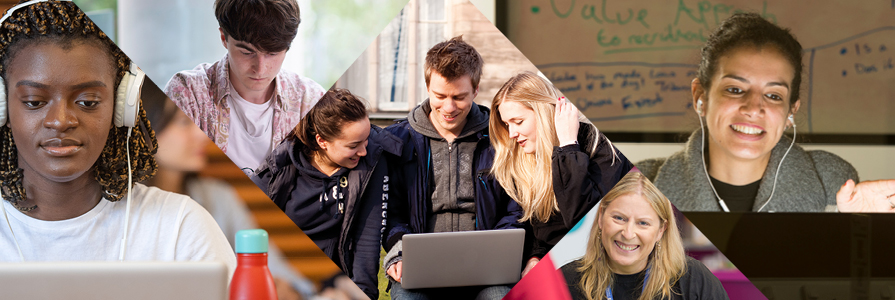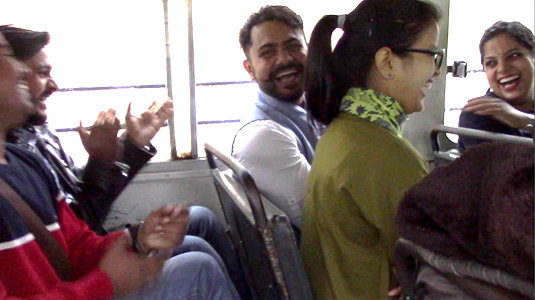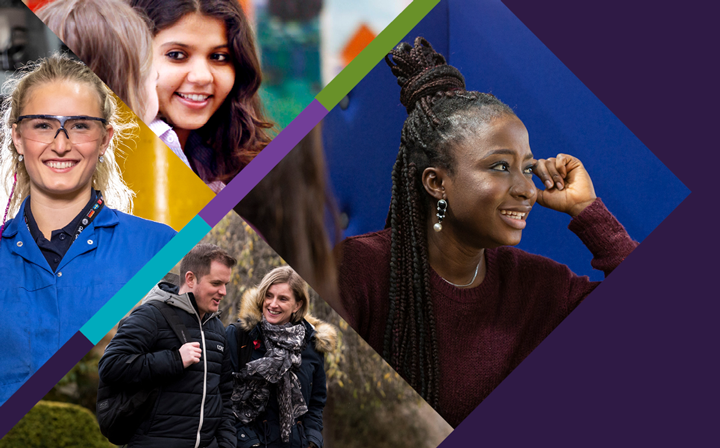SFC news published since 2018. See SFC archived content for earlier news articles.
On International Mother Language Day, Gordon Wells reflects on the value of multilingualism.

European Day of Languages 2019
Gaelic immersion opportunities expanded in Scotland
“Languages are the most powerful instruments of preserving and developing our tangible and intangible heritage. All moves to promote the dissemination of mother tongues will serve not only to encourage linguistic diversity and multilingual education but also to develop fuller awareness of linguistic and cultural traditions throughout the world and to inspire solidarity based on understanding, tolerance and dialogue.” (United Nations)
Probably few people involved in Gaelic education or (like me) research would wish to disagree greatly with the above proposition in respect of how we feel about our own language interest. And though, superficially, there may appear to be a tension between the determined promotion of one particular linguistic tradition and the fostering of cultural diversity and inclusion, the ever-present English “elephant in the room” inevitably ensures there can be little monocultural about engagement with any language other than English itself. There are no Gaelic monolinguals.
 Soillse, the inter-university “National Research Network for the Maintenance and Revitalisation of Gaelic Language and Culture”, and the linked Language Sciences Institute at the University of the Highlands and Islands, have a primary interest in analysing and understanding the societal position and functioning of Gaelic, particularly in the vernacular Hebridean communities, but also in the more attenuated “network communities” across mainland Scotland. That interest cannot be served effectively through a purely inward-looking focus. Yes, every situation is different, so there can be no off-the-shelf solutions to Gaelic’s problems just waiting to be imported wholesale from another minority language context. Yet there can be no doubt that adopting a comparative perspective will help to throw Gaelic particularities into clearer relief.
Soillse, the inter-university “National Research Network for the Maintenance and Revitalisation of Gaelic Language and Culture”, and the linked Language Sciences Institute at the University of the Highlands and Islands, have a primary interest in analysing and understanding the societal position and functioning of Gaelic, particularly in the vernacular Hebridean communities, but also in the more attenuated “network communities” across mainland Scotland. That interest cannot be served effectively through a purely inward-looking focus. Yes, every situation is different, so there can be no off-the-shelf solutions to Gaelic’s problems just waiting to be imported wholesale from another minority language context. Yet there can be no doubt that adopting a comparative perspective will help to throw Gaelic particularities into clearer relief.
In his new book, The Bilingual Brain: And What it Tells Us About the Science of Language, Albert Costa quotes Goethe: “He who does not know foreign languages knows nothing about his own”. Well, we might not know “nothing” about Gaelic by restricting our researches to the Hebrides alone, or even just Scotland, but we certainly stand to learn a lot more by casting our inquisitive net over wider geographical and linguistic waters.
So it is that the UHI Language Sciences Institute, with support from Soillse and Gaelic college Sabhal Mòr Ostaig (SMO), has embarked on the GCRF-supported “Mediating Multilingualism” project in partnership with Amity University, Haryana, and the Indian network of Centres for Endangered Languages. The terms of the Fund demand that the primary beneficiaries of the project should be the partners from the Global South. We will be looking, for example, at how the multilingual Clilstore online platform, developed with EU support at SMO, can be adapted for use with Indian languages, particularly endangered ones. Yet we have no doubt also that closer acquaintance with the workings of a multilingual society like India can usefully inform our understanding of how Scotland can develop its own approaches to bilingualism and multilingualism in everyday life, and not just with respect to Gaelic alone, but to the many “other languages than English” spoken and heard around the country.
International Mother Language Day owes its genesis to Bangladesh and the campaign there for Bangla (Bengali) language rights. At the tail-end of 2019, the UN Year of Indigenous Languages, a small Soillse team visited Shillong in North-East India, just 100 miles up the road from Sylhet, from where the large part of Bangladeshi settlers in the UK originate. This short film, presented in Gaelic and subtitled in English, but with room for Bangla and many other languages, is one result of that visit. Watch this multilingual space!

